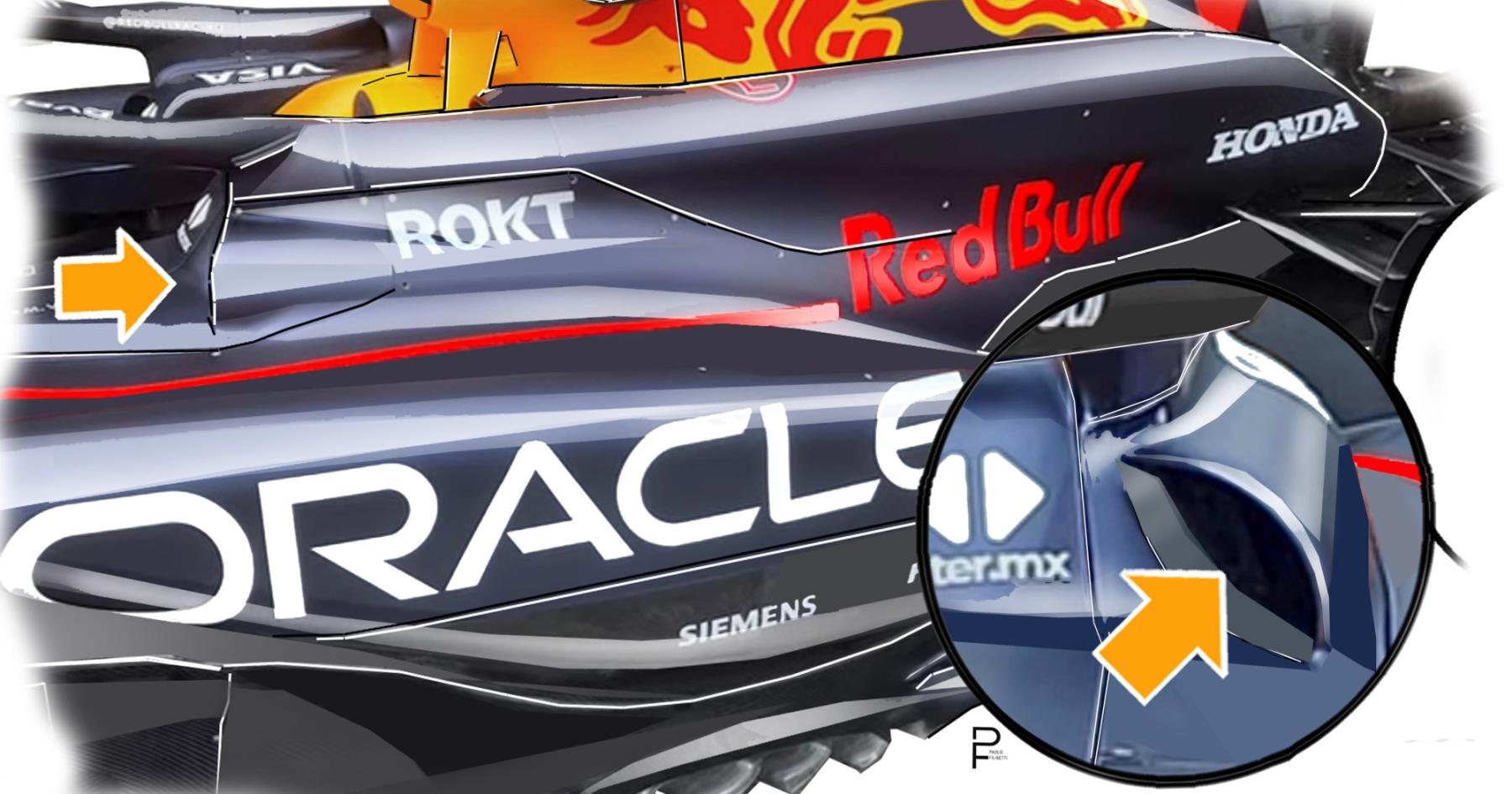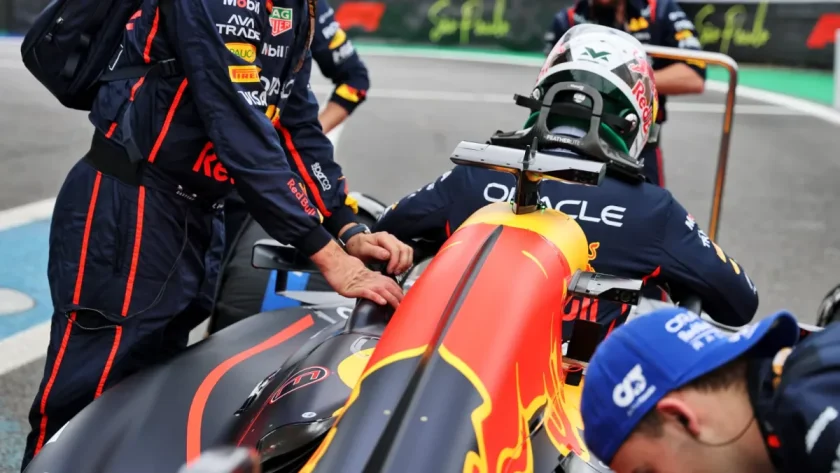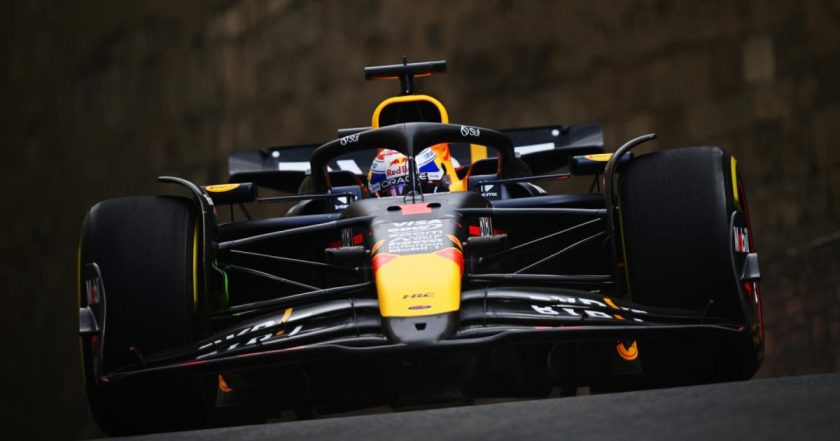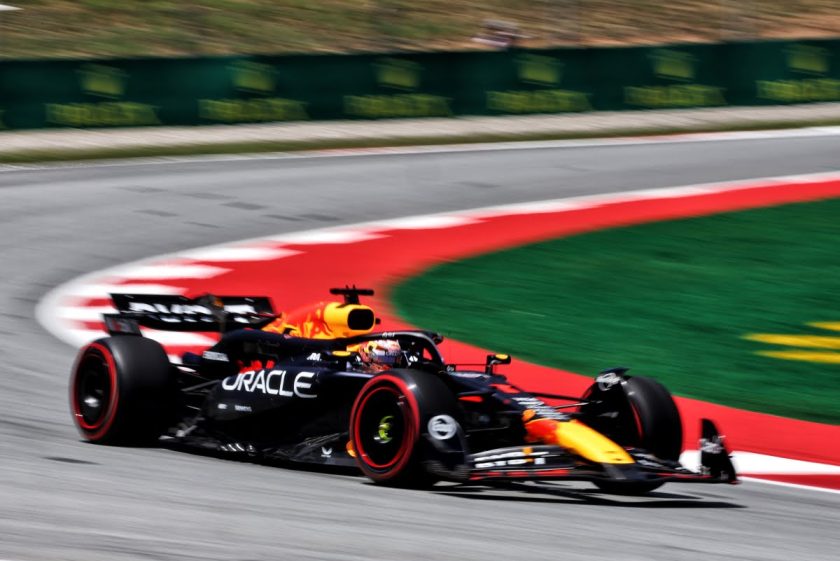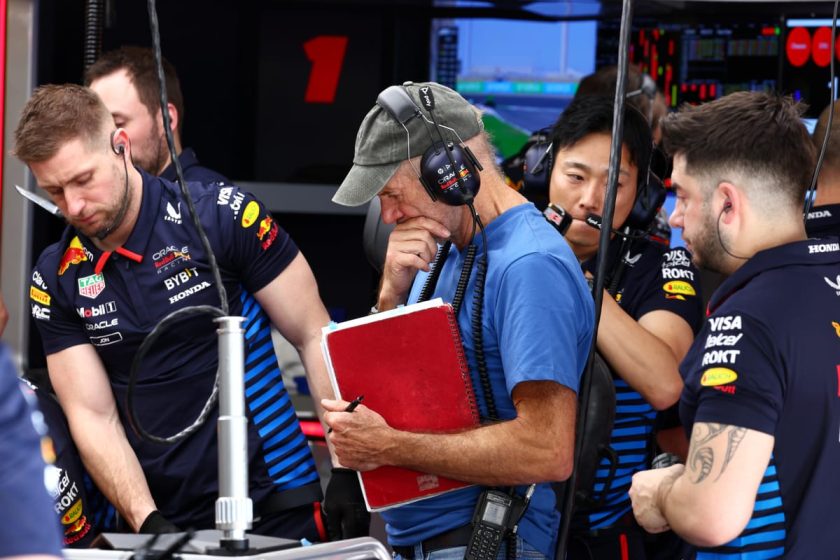P1racenews AI automatic summary:
For the Formula 1 Japanese Grand Prix, Red Bull was one of only very few teams to produce a sizeable car upgrade. The RB20 was equipped with a revised floor, characterized by a modified slope of the outer edge, but especially relevant seemed to be the new cooling vents at the start of the halo.
The recent upgrades on the RB20 at the Japanese Grand Prix were planned prior to the Formula 1 pre-season test in Bahrain, as confirmed by head of engineering Paul Monaghan. These changes were not a direct response to any Honda engine heat dissipation issues in the first three races, but rather a pre-determined adjustment to improve airflow to the main radiator. Red Bull’s cooling system, with four different levels, was already complex and the modification further subdivided the air ducts with heat exchangers. The smaller sidepods now have new air intakes that aim to increase air velocity by using smaller openings. The removal of the gills at the base of the RB20’s engine cover aligns with Red Bull’s development strategy, indicating a deviation from Mercedes’ zero pod concept. The accompanying image illustrates the new air vent directing airflow towards the RB20’s heat exchanger through an internal duct.
